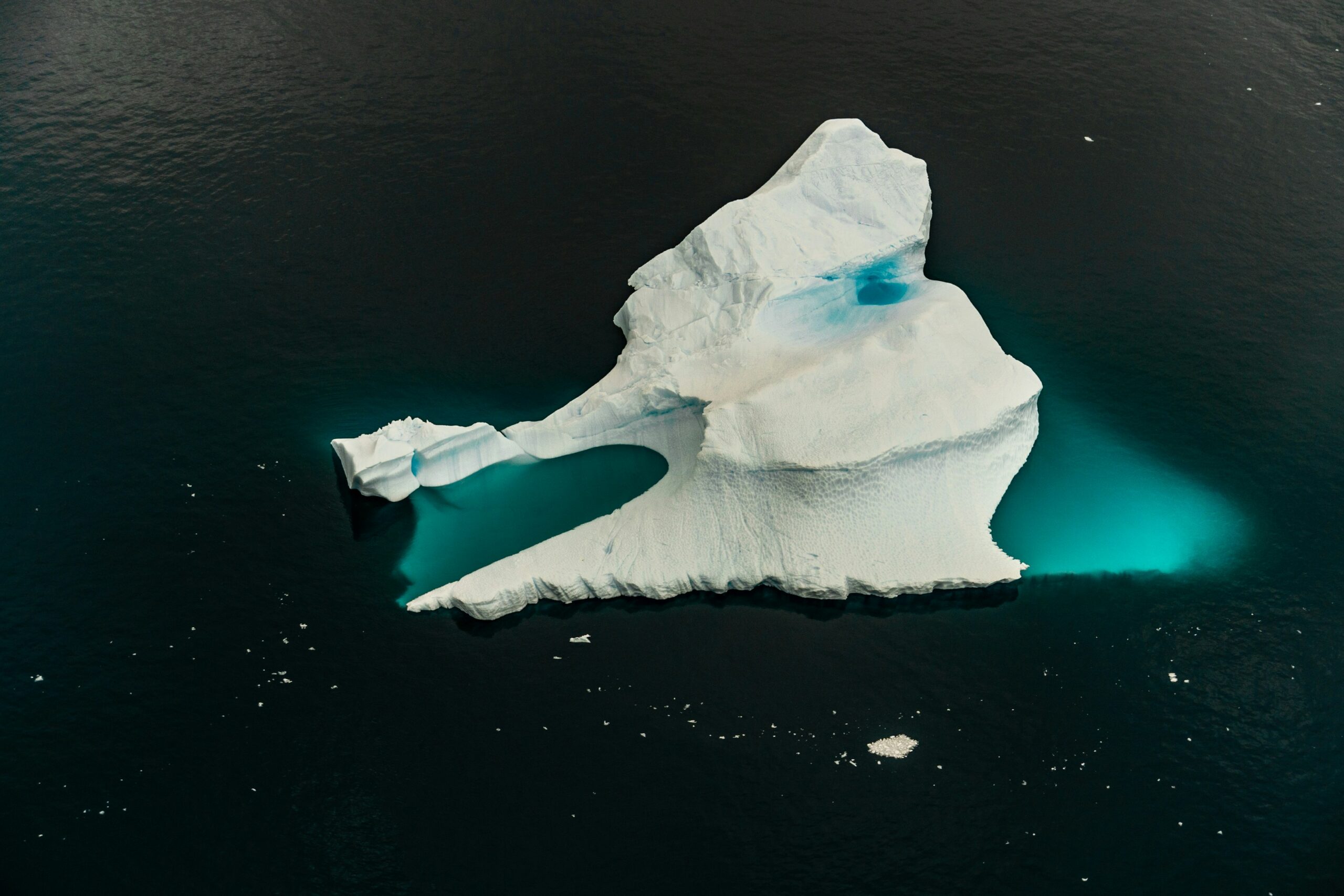Photo of iceberg in Antarctica by Rob Long
The waters surrounding Antarctica are becoming more saline, defying long-held expectations and raising fresh alarm over the accelerating collapse of sea ice. Scientists using European Space Agency satellite data and ocean-based sensors have found that the Southern Ocean has been steadily growing saltier since 2015—a trend that could mark the beginning of a self-reinforcing climate feedback loop.
Typically, melting sea ice injects fresh water into the ocean, reducing salinity. But recent observations reveal the opposite: as Antarctic sea ice rapidly disappears, salinity in surface waters south of 50° S is rising. This paradoxical shift was documented using a 15-year dataset that combines measurements from ESA’s SMOS (Soil Moisture and Ocean Salinity) satellite mission with in-situ robotic sensors drifting below the ocean surface.
The findings suggest that less ice and more open water are allowing greater evaporation and less freshwater input overall—weakening ocean stratification and enabling warmer deep waters to rise. These upwelling waters, in turn, melt ice shelves from below, leading to further sea ice loss. Scientists now fear this feedback loop could lock the Southern Ocean into a new, warmer and saltier regime, where ice struggles to return even in winter months.
This destabilising shift coincides with recent record-breaking lows in Antarctic sea ice extent. In February 2023 and again in 2024, satellite data recorded unprecedented summer ice retreat, stripping away reflective ice cover and exposing darker ocean surfaces that absorb more heat. That heat is now being redistributed through deeper ocean layers, which amplifies melting even in colder seasons.
A major concern for scientists is the reappearance of a polynya—an area of open ocean surrounded by sea ice—near Maud Rise in the Weddell Sea. This phenomenon, which hadn’t been seen since the 1970s, underscores the scale of the transformation underway in the region. Its return may be a sign that Antarctic ocean circulation patterns have been fundamentally altered.
These changes are not just polar problems. A saltier, less stratified Southern Ocean has global consequences. As ice disappears and the ocean warms, climate systems across the planet could become more unstable. Less sea ice means less sunlight is reflected away from Earth, accelerating warming. Meanwhile, shifts in salinity and temperature can weaken the global conveyor belt of ocean currents, which helps regulate weather and climate in regions as distant as Europe, South Asia, and the Americas.
Wildlife that depends on sea ice, including krill, emperor penguins, and seals, is already being affected. These creatures rely on stable ice environments to breed, feed, and survive. Disruptions to their habitats could ripple across the Antarctic food web and jeopardise ecosystems for decades to come.
Climate scientists are calling for urgent improvements in ocean monitoring systems and satellite tracking to better capture these rapid changes. Without real-time data and updated models, researchers warn that forecasts for sea level rise, storm intensity, and ice sheet loss may be underestimating the pace of change already underway.
The saltier Southern Ocean may be a harbinger of a new climatic state—one that reinforces ice loss, disrupts global ocean circulation, and reshapes Earth’s climate future. Scientists say the world must act swiftly to understand and adapt to this emerging reality.
